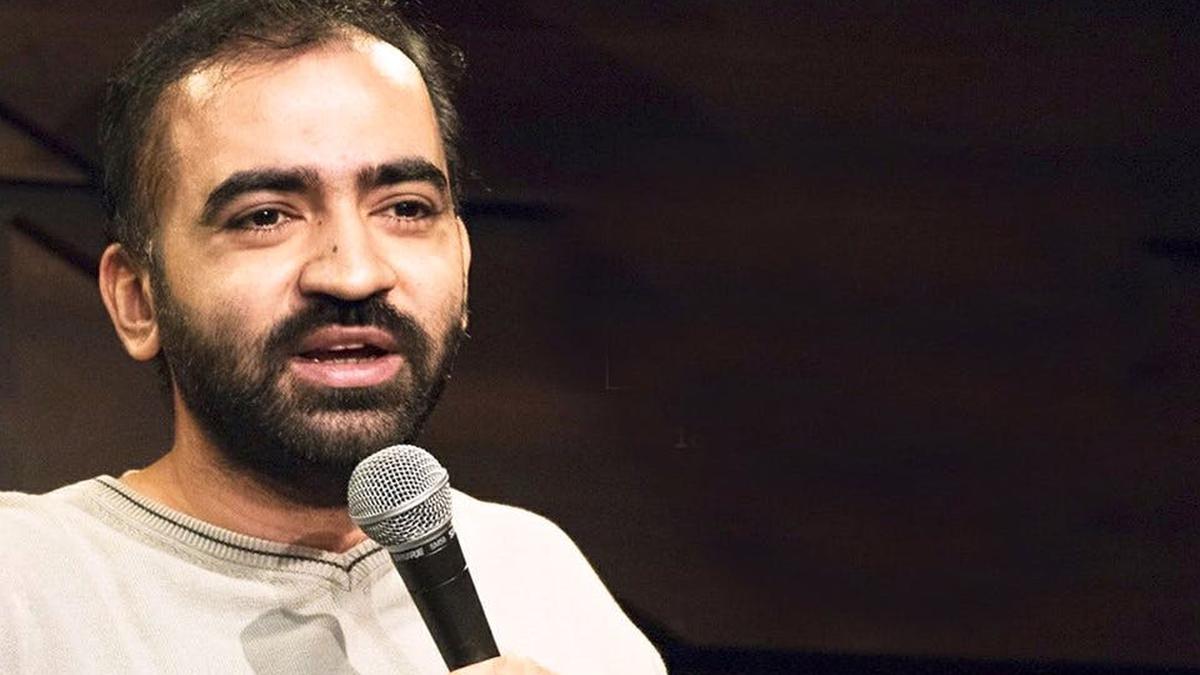Jalebi by Saloni Kukreja
| Photo Credit: Special arrangement
Deepavali celebrations are incomplete without sweets, a blend of cherished family recipes passed down generations, and some sweet treats recreated by culinary enthusiasts who have honed skills from online/offline sessions. This year too, a melange of flavours treats the taste buds .
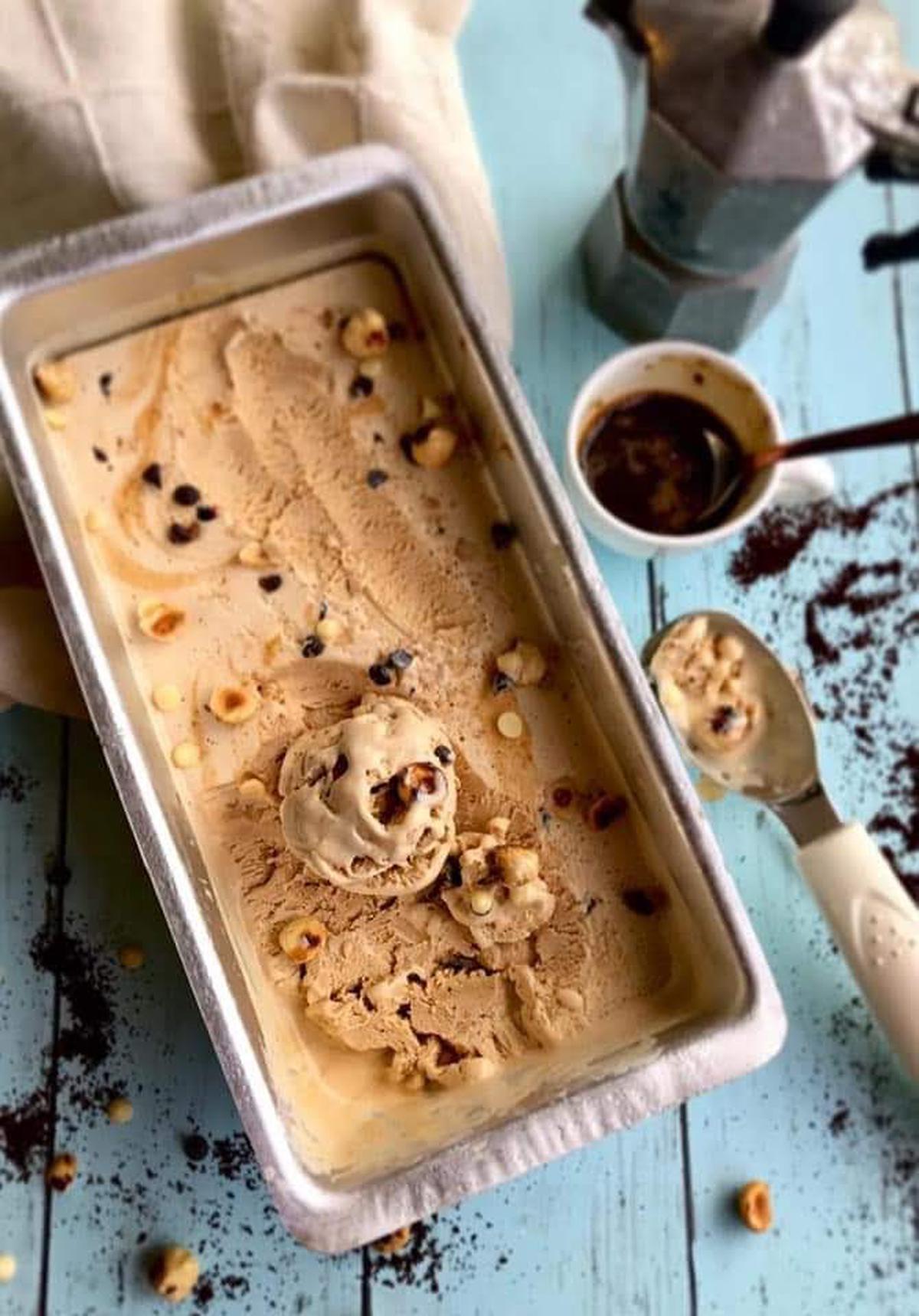
Bhapa Sandesh on nougat prepared at a session at Kitchen Stories
| Photo Credit:
special arrangement
The mithai platter at Khushboo Jain’s house in Hyderabad combines tradition and novelty. What remains unchanged is a 40-year-old family tradition of distributing ghee-dipped gond ka ladoo among friends and relatives.
The key ingredients that make Khusbhoo’s mother-in-law’s ladoos delicious are the gond (edible gum) sourced from Rajasthan and homemade mawa. “Her ladoos are awaited the whole year because she makes them only before Deepavali,” says Khushboo, a director at the manufacturing unit of Jeevan Shree Polypacks.
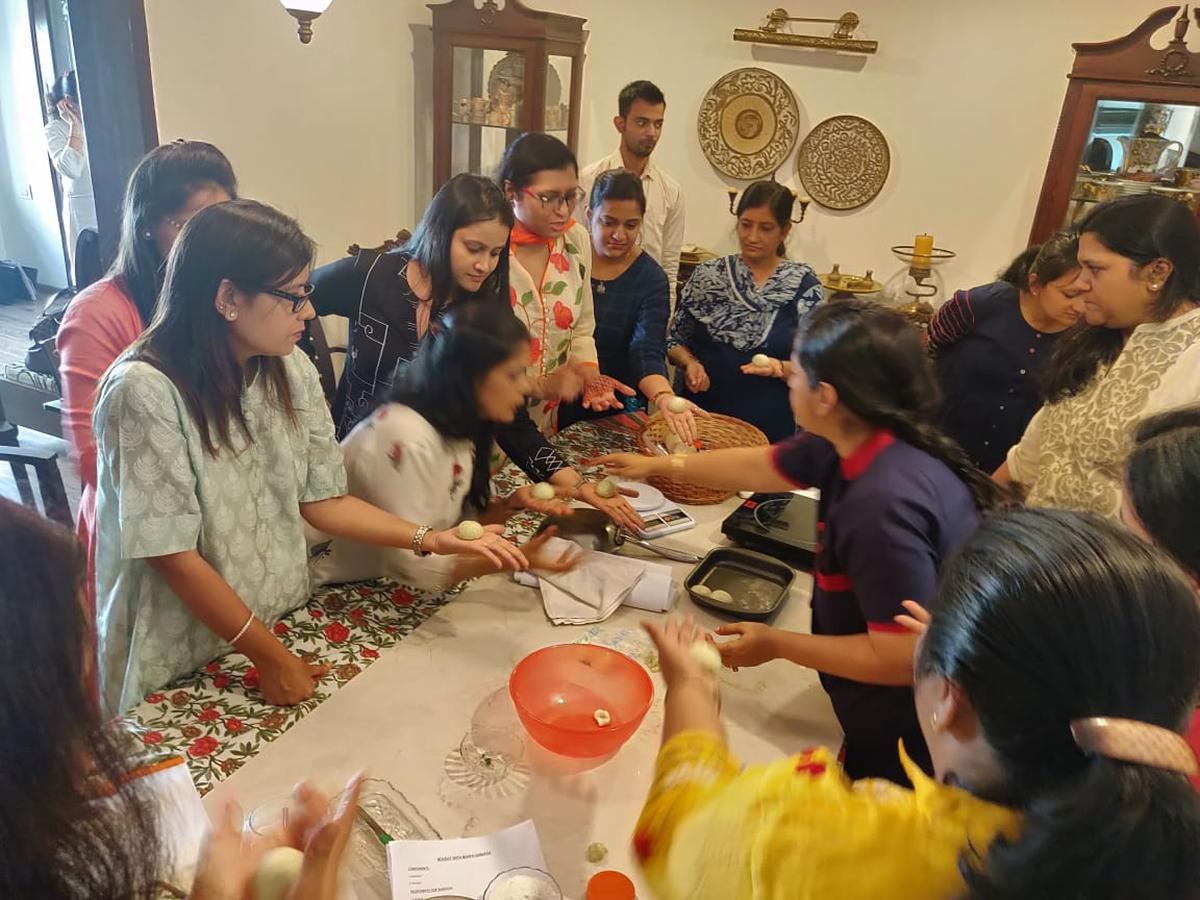
Participants during a session by Kitchen Stories
| Photo Credit:
Special arrangement
Khushboo is also a culinary student of city-based gourmet startup Kitchen Stories and prefers novelty in her sweet spread.
A table with pieces of bhapa sandesh sits pretty on top of crushed nougat in wine glasses drizzled with rose/kewra water, is to entice guests for the Deepavali party at home. “It is exciting to try something new; experimenting with new flavours is an opportunity to be creative,” she says.
Warmth of intimate celebrations
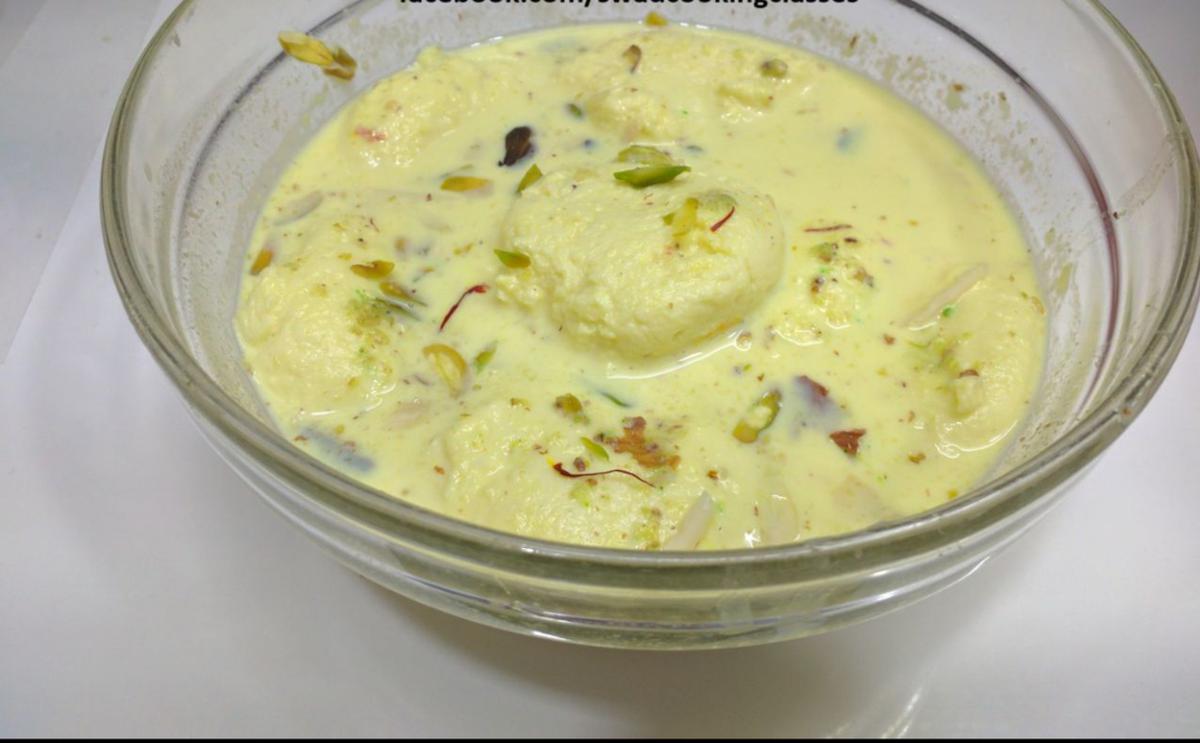
Rasmalai prepared at a session by Reema Jain
| Photo Credit:
Special arrangement
Homemade sweets add to the warmth of intimate celebrations. For instance, Chennai-based former banker, Geeta Ramani, has learnt to make rasgulla and rasmalai from a cookery session, to indulge her Bengali son-in-law. Yet her personal favourite is a 25-year-old sweet ritual; she and her husband SR Ramani prepare the traditional delights mysorepak and maaladu with split roasted gram flour two days before Deepavali.
“I learnt these sweets by watching my mother make them. Like her, I make them only with homemade ghee,” she says, adding she gets tensed till it is set and once it is done, the couple celebrate by tasting a small piece of the slightly warm mysorepak left in the kalchatti. “The slight aroma of ghee and its sweet, melt-in-mouth texture brings joy,” she says.

Reema Jain
| Photo Credit:
Special arrangement
It has been eight years since Reema Jain of Swad cooking classes in Chennai began conducting physical/online mithai classes. A mixed group of enthusiasts — homemakers, college students and professionals — attend her one-day session to learn to make 30 different sweets, including traditional ladoos, rasgullas, rasmalais, kaju katlis, walnut halwas and badam and pista rolls as well as ragi and dates ladoos, coconut almond ladoos and chocolates for gifting. “It feels nice to eat sweets made at home, especially during festivals. The appreciation makes one happy too,” says the culinary expert.
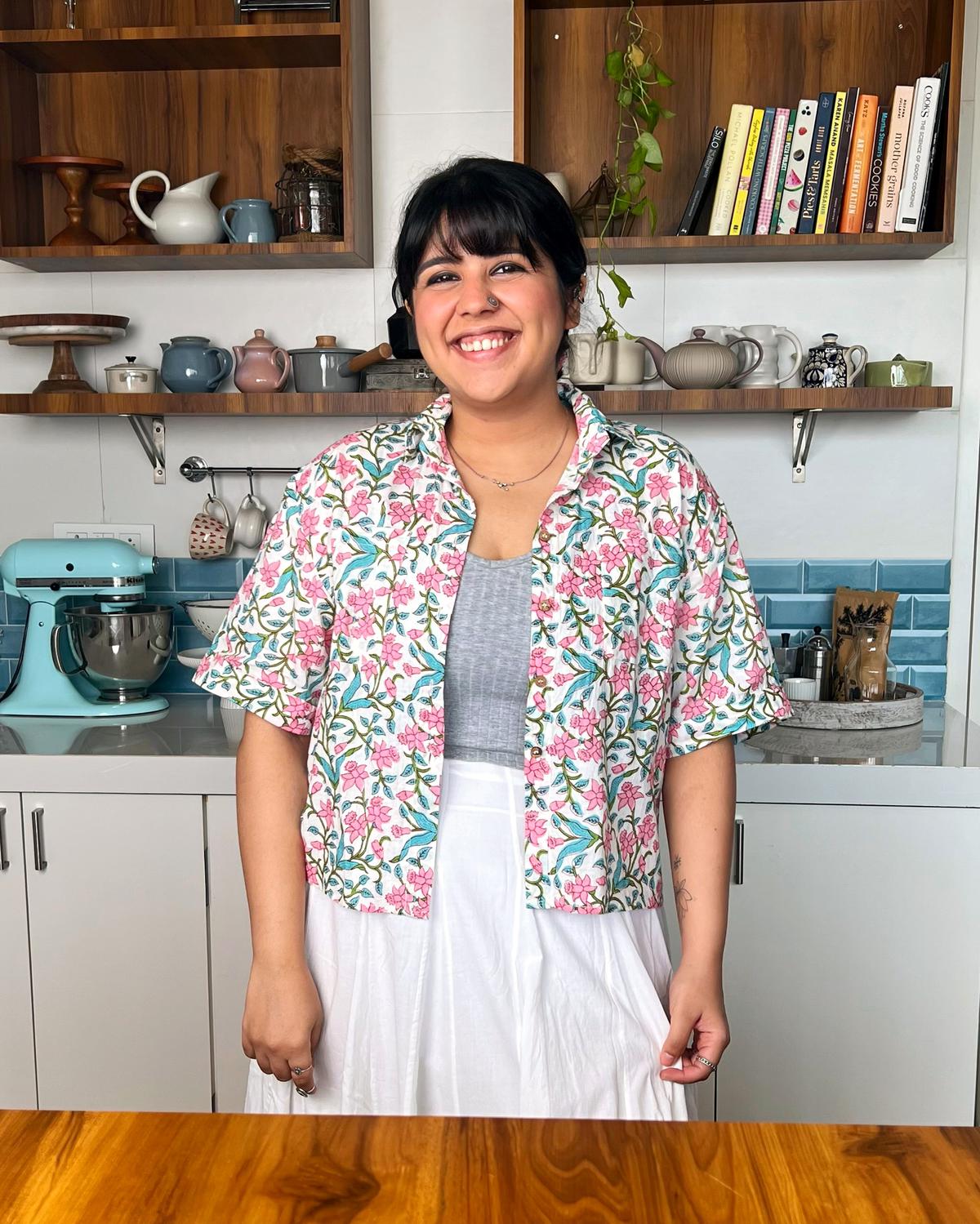
Saloni Kukreja
| Photo Credit:
Special arrangement
The online mithai sessions have been buzzing with festive energy. Pastry chef Saloni Kukreja has been indulging her sweet tooth with Mithai Magic, a series on Instagram. For someone who loves working with desserts and pastries, mithai is an unexplored territory, one that she believes is quite underrated. “There is so much technique behind the making and is rooted in our tradition; I wanted to bring back a bit of it and show how making mithai is equally fun and delicious,” she says.
Craving for sev burfi, a Deepavali delight for Sindhis, Saloni posted its picture online when she made it for the first time in July this year. It resonated so well that followers filled her feed with heart-warming stories of their favourite mithais. That inspired her to start the Mathai Magic series in September, where she explored mithais from different communities. Rava ladoo, ghewar, mohanthal, rasgullas and an instant and a quick jalebi and rabdi have been tried so far. “Normally, jalebis are made with a dough that is fermented overnight and then fried. Our instant version uses baking soda or fruit salt along with a souring agent yogurt and lemon to replicate that sour flavour and aerate the batter when frying,” she explains. Exploring sweets from the southern part of India is definitely on her list. A Tamil sweet on her list currently is adhirasam that blends ‘the flavours of jaggery, cardamom and ghee beautifully.’
As Deepavali festivities get underway, the sweet celebrations are here to stay. ’


.jpeg)
